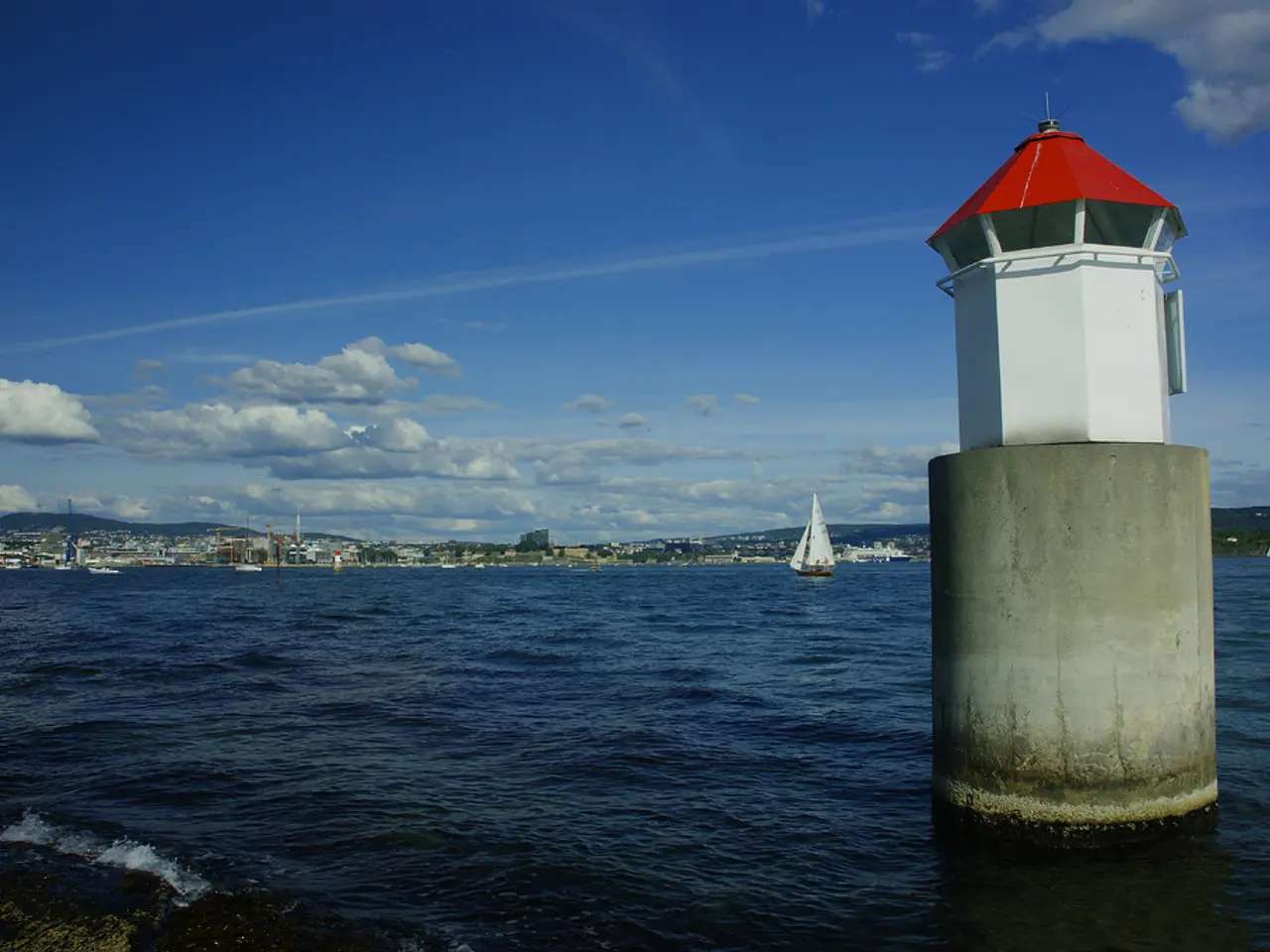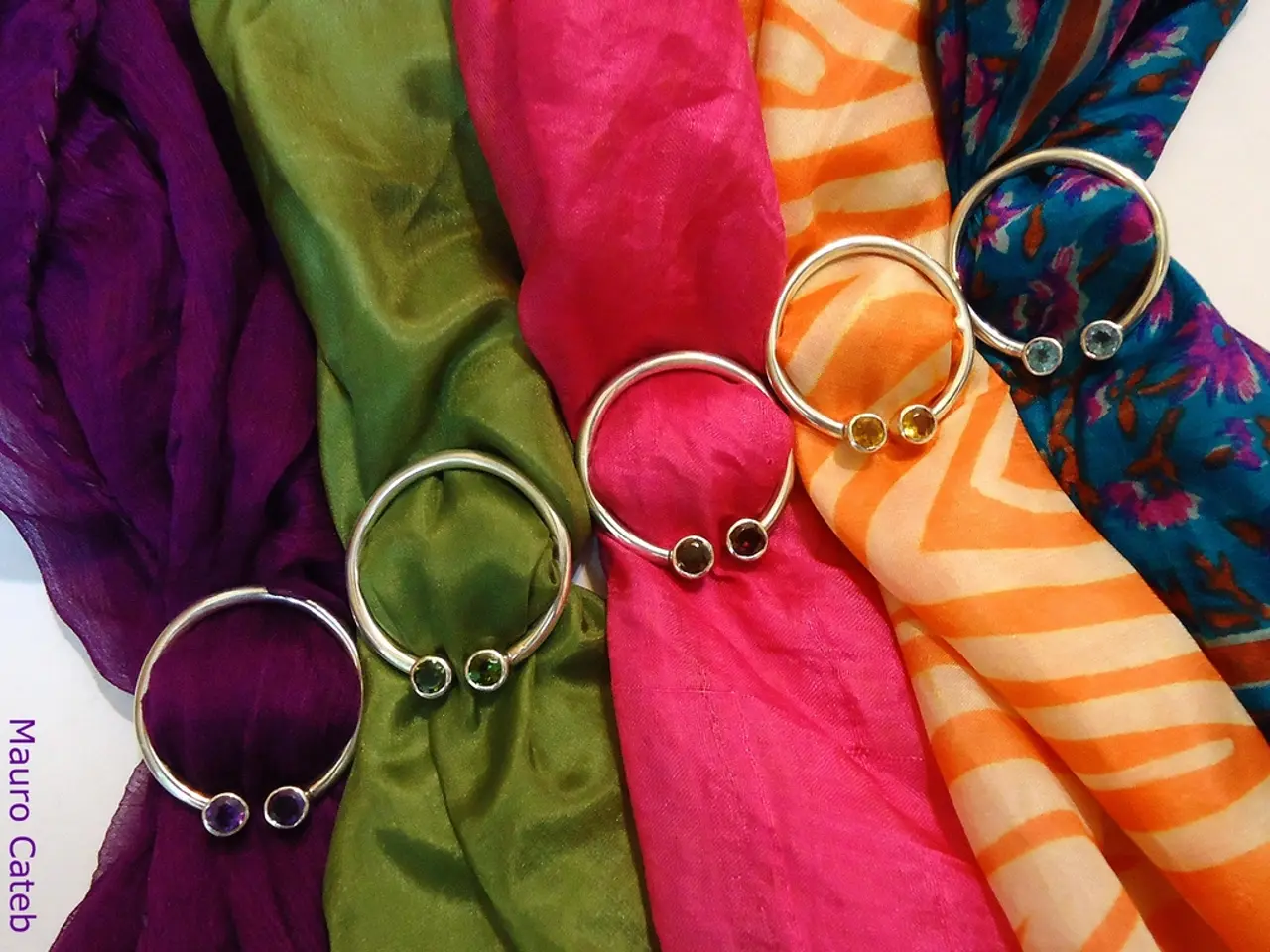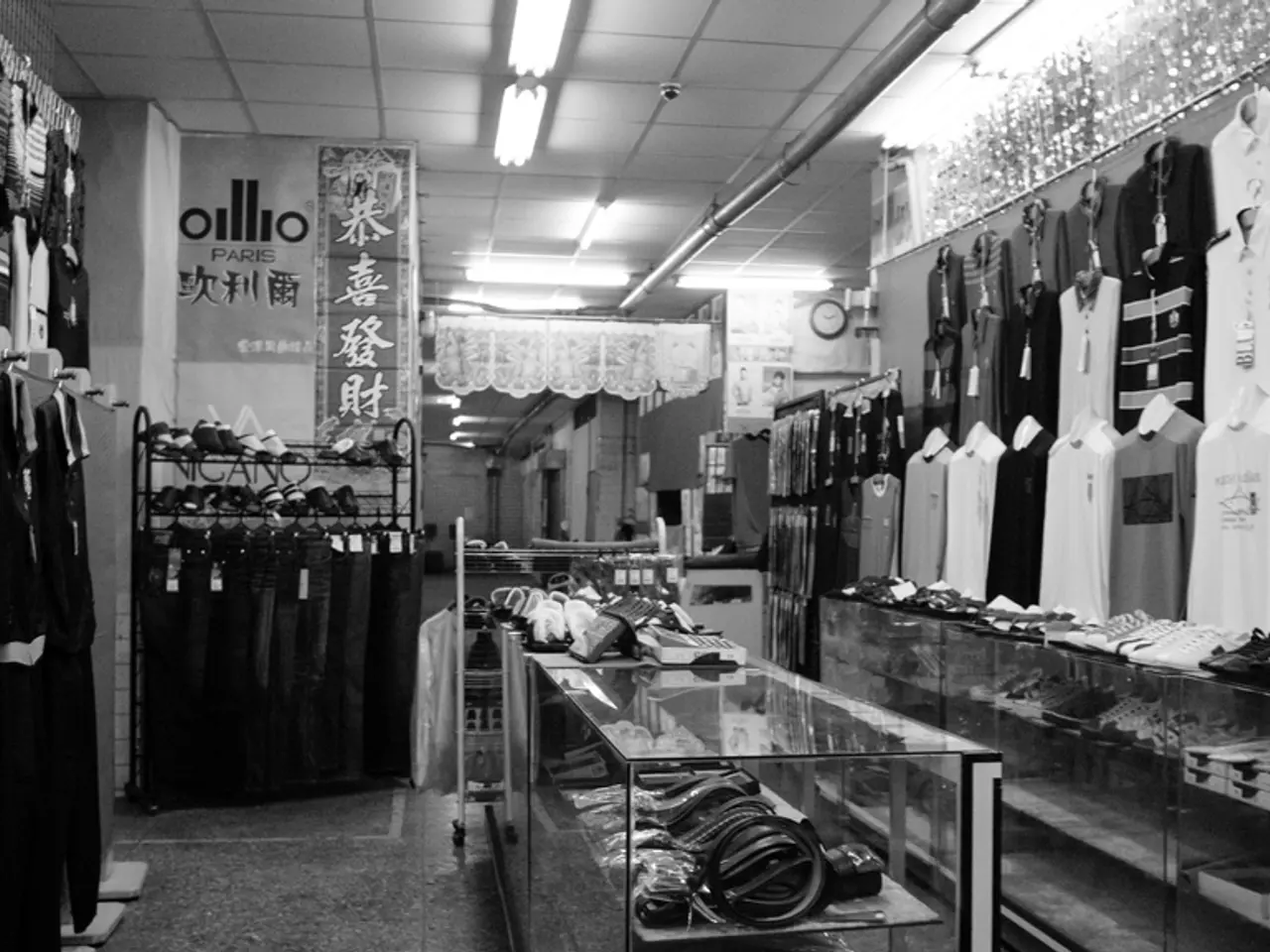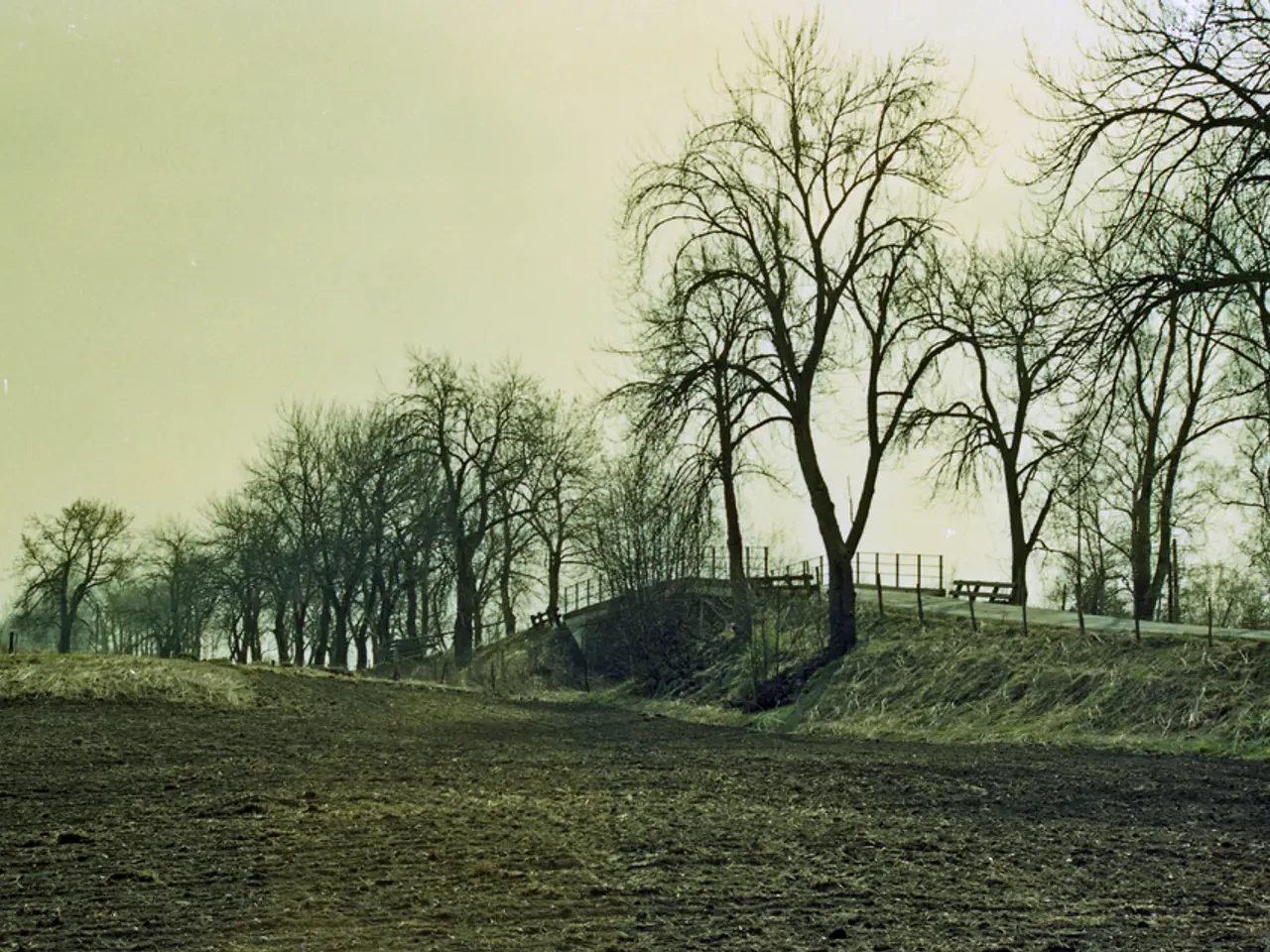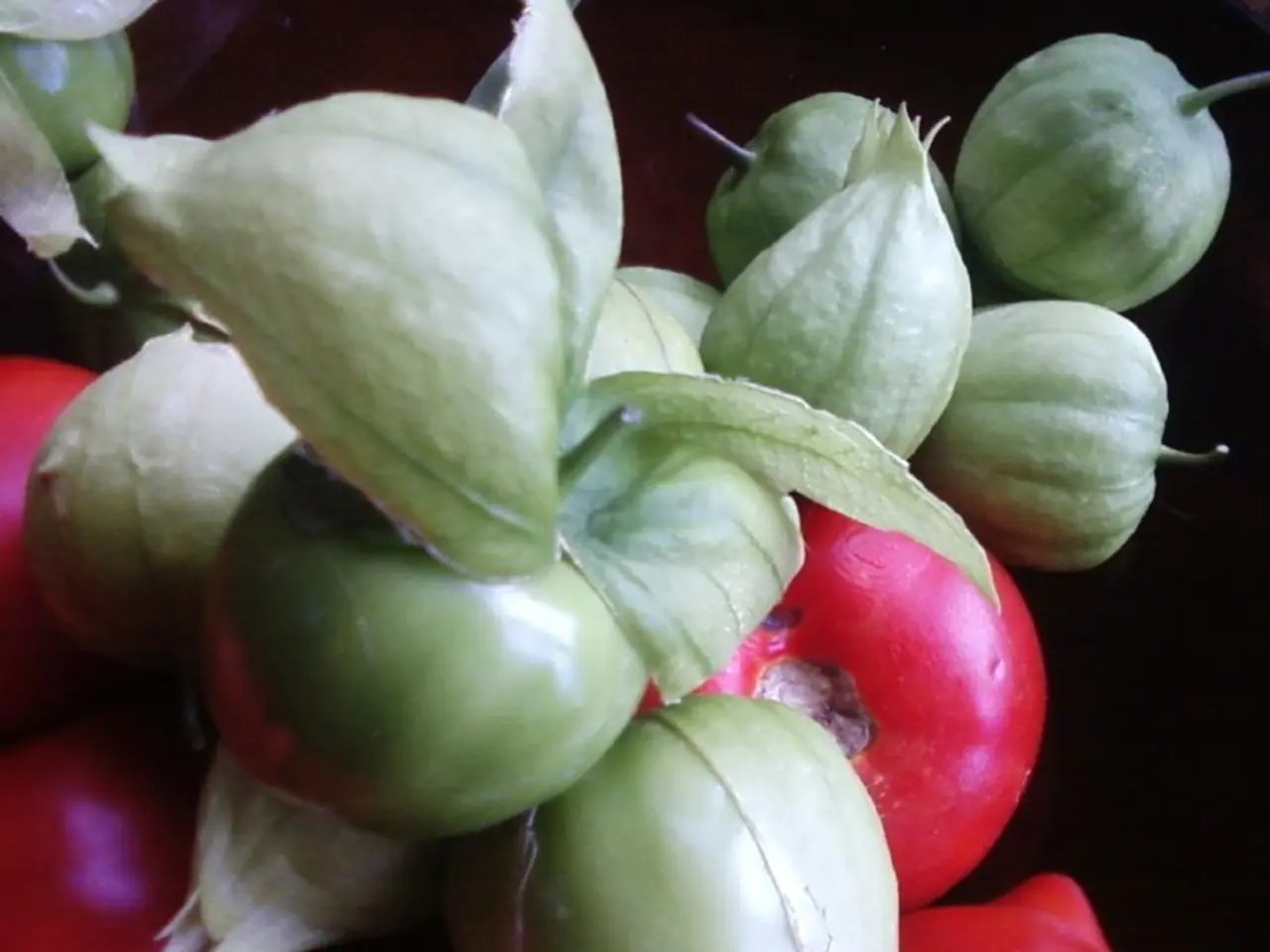Artisan Discovers Old Letter in Time-Capsule within Tasmanian Lighthouse, Dated 122 Years Back
In a captivating find, a sealed glass bottle hidden within the wall cavity of Tasmania's Cape Bruny Lighthouse has revealed a treasure trove of historical information. Annita Waghorn, the historic heritage manager for Tasmania's Parks and Wildlife Service, was taken aback when informed about the discovery.
The bottle, sealed with a cork dipped in bitumen, contained an envelope with two pages folded tightly. It took several days to fully decipher the words in the letter, penned by J.R. Meech, the Inspector of Lighthouses for the Hobart Marine Board at the turn of the 20th century.
The letter serves as a bridge across time, connecting the keepers of the past with those who now care for Tasmania's maritime heritage. It documents the upgrades made to the lighthouse in 1903, including a new iron spiral staircase replacing a wooden one, a new concrete floor, a replacement lantern room, a new lens system, and a change in the light's flash sequence.
The significance of this discovery lies in its detailed historical record, effectively preserving a "moment in time" over 120 years ago. The letter also records the cost of the works, about £2,200 (around $474,000 AUD today), and lists the names of workers and keepers involved, providing unique insight into the lighthouse’s 1903 renovation and those who contributed to it.
The process of retrieving the letter was a challenge due to the seal and the fragile nature of the letter itself. The cork was removed by scraping away the hardened tar-like coating without shattering the glass. The letter was conserved and studied at the Tasmanian Museum and Art Gallery.
The find is remarkable because the letter was exceptionally well preserved due to the airtight seal of the glass bottle, protecting it from over a century of harsh coastal weather. Opening and conserving the letter gives researchers and the public a rare, tangible connection to maritime history and Tasmania’s lighthouse heritage.
Plans are underway for the letter to be displayed publicly, underscoring its cultural and historical value. The exact location for the public display is yet to be decided. This discovery enriches the historical narrative of Tasmania's coastal navigational aids and highlights the efforts to maintain these vital structures in a remote and challenging environment.
J.R. Meech was not just the author of this historic letter; he also supervised the construction and maintenance of several Tasmanian lighthouses, including those on Cape Sorell, Maatsuyker Island, Tasman Island, Table Cape, and Mersey Bluff. His extensive work in maintaining Tasmania's lighthouses has left a lasting impact on the state's maritime history.
The letter from Cape Bruny Lighthouse stands as a testament to the past, providing a unique glimpse into the history of one of Australia's oldest lighthouses, first lit in 1838. The discovery is a reminder of the rich history that lies hidden within our historical structures and the importance of preserving these treasures for future generations.
[1] Tasmanian Parks and Wildlife Service [2] Tasmanian Museum and Art Gallery [3] ABC News Tasmania [4] The Mercury
- The discovery of the letter from J.R. Meech, sealed in a glass bottle within Tasmania's Cape Bruny Lighthouse, offers a valuable connection between the past and present, as it pertains not only to the lighthouse's history but also to the broader realm of Tasmanian science, particularly the field of maritime archaeology.
- The home-and-garden sphere, though seemingly distant from the topic, can glean insights from the discovery as well, as the preservation of the letter was meticulous and required careful handling, much like preserving and restoring antique furniture and artifacts in one's own home.
- Beyond the realms of Tasmanian history and antique preservation, the findings from the Cape Bruny Lighthouse can influence and inspire the lifestyle choices of the public, fostering an appreciation for the importance of scientific research and the historical role of institutions like the Tasmanian Parks and Wildlife Service and the Tasmanian Museum and Art Gallery in protecting and documenting our wildlife, wilderness, and cultural heritage.
